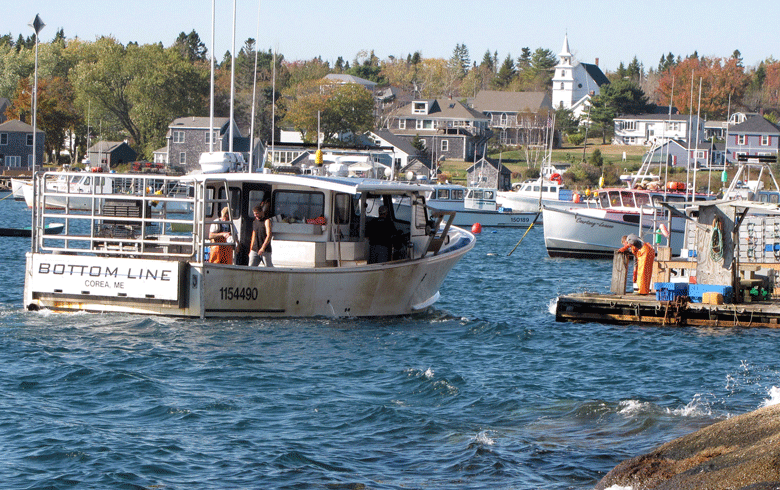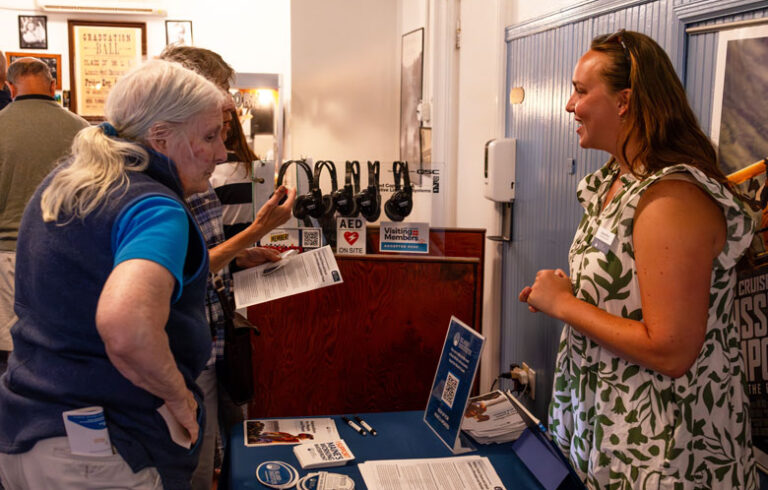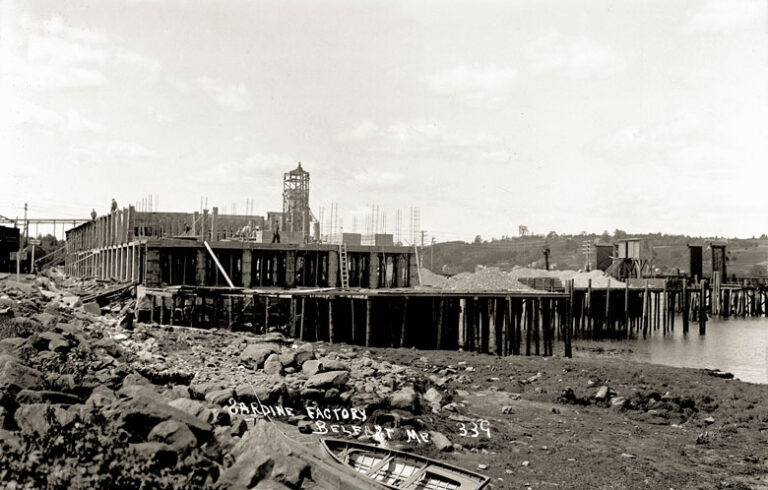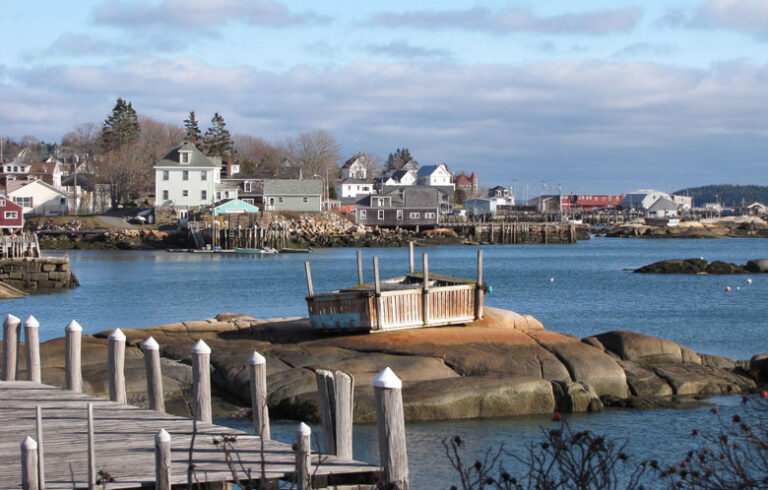How important is the lobster fishery to the Maine coast? What will be the economic impact of a reduction in the harvest from regulations or a changing Gulf of Maine? How is lobstering integrated into the state’s identity?
One number suggests answers: $1 billion dollars. That’s the amount generated each year by the Maine lobster fishery supply chain, according to a 2018 study by Colby College economics professor Michael Donihue. The figure includes the fishery’s many ancillary businesses and services.
“Maine’s iconic lobster industry is arguably the most visible, and perhaps the most economically important asset for the state,” the study stated.
A survey of visitors showed that 64 percent were here for food and culinary experiences.
Staggering as that figure may seem, it just begins to touch upon the real value of the fishery to the state. Lobster is not simply a much-desired seafood. In fact, lobster infuses myriad sectors of Maine’s economy, from real estate and hospitality businesses to trucking firms and Mom-and-Pop restaurants.
And yet it is more than an economic driver of the state’s economy. If the lobster fishery vanished from Maine, an inexpressible element of the state’s identity would disappear as well.
“There is no doubt that the lobster industry in Maine is among the most—if not the most—important in the state in terms of economic impact and cultural identity,” according to the Colby study.
According to the Maine Office of Tourism, between May and August 2021, approximately 10.1 million people visited the state. A survey of visitors showed that 64% were here for food and culinary experiences. Among that number, 42% said that they came to eat lobster.
Between September and November 2021, that percentage was even higher. Seventy-eight percent of those visiting said food and culinary experiences were their top activities; of those, 52 percent said eating lobster was their primary aim.
For some, however, eating lobster, while important, pales in comparison to their pleasure in seeing lobster boats and lobstermen at work, at seeing a world in which each lobsterman is his or her own boss. Tourism Office data show that for many, it is Maine’s fishing communities that draw them to the coast, in part because activities in the small harbors are so unlike where the visitors call home and in part because it reflects a way of life uncommon in today’s computer- and service-driven world.
University of Maine anthropologist Jim Acheson captured that allure long ago in his book The Lobster Gangs of Maine.
“Fishermen tend to present themselves to tourists as men who earn their living from a relentless and icy sea with nothing but their skill, courage, and tenacity… the lobster fisherman embodies many of our most cherished virtues. He is, along with the farmer and the rancher, the quintessential American.”
Atlantic Edge Lobster Company in Boothbay Harbor is an example of the lobster fishery’s dual economic and cultural appeal.
Eddie Tibbetts and his wife Kathy ran the lobster wharf and business for 19 years before selling it to Nick and Kristin Page and Nick’s brother Andy in 2021. Tibbetts had started out as a youngster working at Wotton’s Wharf across the harbor, learning the ropes of the lobster business. He and Kathy had created a successful company buying and selling wholesale and retail lobsters. Nick and Andy’s father Phil, a Boothbay lobsterman, sold to Tibbetts for 30 years.
“Lobstering is the core and essence of the cultural heritage that draws people here.”
When Eddie began to think of retiring, he knew he wanted to sell to a local person, and so he was receptive to the offer from the two brothers. In January 2021, during a global pandemic, Atlantic Edge Lobster changed hands.
“We are open seven days a week, year-round,” said Kristin Page. “We do wholesale and retail, plus shipping.” The company sells live and cooked lobsters and a selection of picked lobster meat, shipped to customers throughout the country.
“I’d say about 75% of our business is wholesale. In the summer we use all our product. In the fall and winter we sell to businesses in the Portland area,” Page continued.
In the summer tourists stream into Boothbay Harbor. Many arrive at Atlantic Edge Lobster to gaze at the lobster boats, take pictures, and enjoy a steamed lobster, which Atlantic Edge employees prepare every afternoon at 4 p.m. “People really want to learn about lobstering. Yes, they ask silly questions but it’s fun to show people the business,” Page said.
And that business is certainly a family enterprise. Kristin runs the office, Nick and Andy and their father fish, and their mother and cousins help out as needed.
“It’s definitely a generational thing,” Kristin laughed. “Everyone helps.”
The generational aspect of Maine’s lobster businesses is echoed throughout the coast. Whether it’s family-run Thurston’s Lobster Pound in Bernard or the larger Ready Seafood in Saco, the owners say it’s an industry rich in history and sense of community.
“Lobstering is the core and essence of the cultural heritage that draws people here,” said Sam Belknap, senior community development officer at the Island Institute. “People find a connection to it.”
Beset by new restrictive regulations and troubled by a changing marine environment, Maine’s lobstermen rightly wonder if the fishery and the many businesses it supports can survive for the next generation. If not, the character of the Maine coast will be forever altered.
“Lobstering is not just a job, it is an amazing way of life,” said Dustin Delano, a fourth-generation lobsterman from Friendship. “It keeps our young people right here in Maine and contributes to our local and state economies. I am really proud to be part of a lobstering heritage that has supported this state for centuries.”
This story first appeared in Landings, the publication of the Maine Lobstermen’s Community Alliance, and is the final in a series of articles about the industry. To read the entire series, visit micalliance.org/news/.





